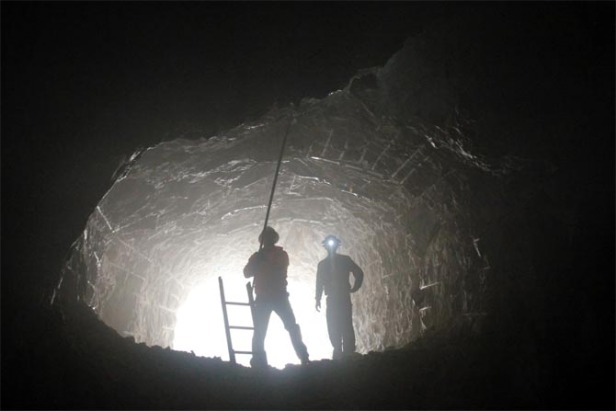Here’s the thing about some people–they’re shits. Here’s the thing about the internet–some of those people use it. Here’s the the about Kickstarter (or any other crowdfunding site for that matter)–it’s the internet asking you for money.
Kickstarter, although it’s done its best (arguably better than any other crowdfunding site) to prevent it, is a place where liars, cheats, crooks, and idiots could possibly get into your wallet. It’s also a place where wonderful projects can be given their day month or so in court and given a fair verdict of worthy or not worthy. Some great things would have never seen the light of day, had it not been for online crowdfunding. In general, online crowdfunding, with Kickstarter as its current king, is a benefit to society and culture.
But remember, some people are shits. Part of what keeps any place a relatively shit-free zone are rules and review. Today, in a interesting move, Kickstarter has opened the floodgates for projects–many of which will be able to go live without a once-over from a pair of human eyes.
Kickstarter is calling it ‘Launch Now’, and it’s a new system of project moderation that employs an algorithm instead of actual breathing humans, as it has been since day one on Kickstarter. Here’s how it’ll work:
The feature uses an algorithm incorporating thousands of data points to check whether a project is ready to launch — things like the project’s description, rewards, funding goal, and whether the creator has previously launched a project.
If the project qualifies for Launch Now, the creator can go live whenever they’re ready. If the creator wants to connect with someone at Kickstarter, we’ll review the project and offer our feedback and advice.
If a project doesn’t qualify for Launch Now, the creator will need to share the project with us for a review before it can launch.
“We want creators to have the support and freedom they need when building their projects,” says the company.
I mean, that sounds ok? Kickstarter’s relatively stringent review process was both a plus and a minus, depending on who you asked. It provided a tighter seal to ward off fraudulent and doomed-from-the-start projects, but it also made it harder for some projects to get approved. The latter cases would head somewhere else, likely Indiegogo, where they aren’t (or weren’t) at picky as Kickstarter.
Kickstarter has provided an additional statement on the matter:
“The longterm health and integrity of Kickstarter drives everything we do. We’ll continue to actively govern the site with thought and care. Projects will be reviewed by a sophisticated algorithm we developed over the course of years that looks at thousands of data points. And our Moderation and Trust & Safety teams are focused on making sure everyone on Kickstarter is following the rules.”
That human review process involved following specific rules for certain types of campaigns. For instance before today, Kickstarter didn’t allow bath and beauty products and some types of software campaigns. They also banned hardware projects offering multiple quantities of a reward. Those are all good as of today.
In fact, Kickstarter has streamlined their entire project rules section to three basic criteria that must be met: “Projects must create something to share with others, projects must be honest and clearly presented, and projects cannot fundraise for charity, offer financial incentives, or involve prohibited items.”
As long as they aren’t on the short prohibited items list (things that are illegal, heavily regulated, or dangerous)–they’ll probably be approved. By an algorithm.
Look–things will be fine. Kickstarter isn’t doing away with all of their rules and moderations. It’s not the Wild West of crowdfunding. But knowing that this is now how Kickstarter allows projects to launch on the site–well, it’s worth knowing before you plop money on the table for that “Panacea” brand face cream.
Image via Kickstarter, Facebook





